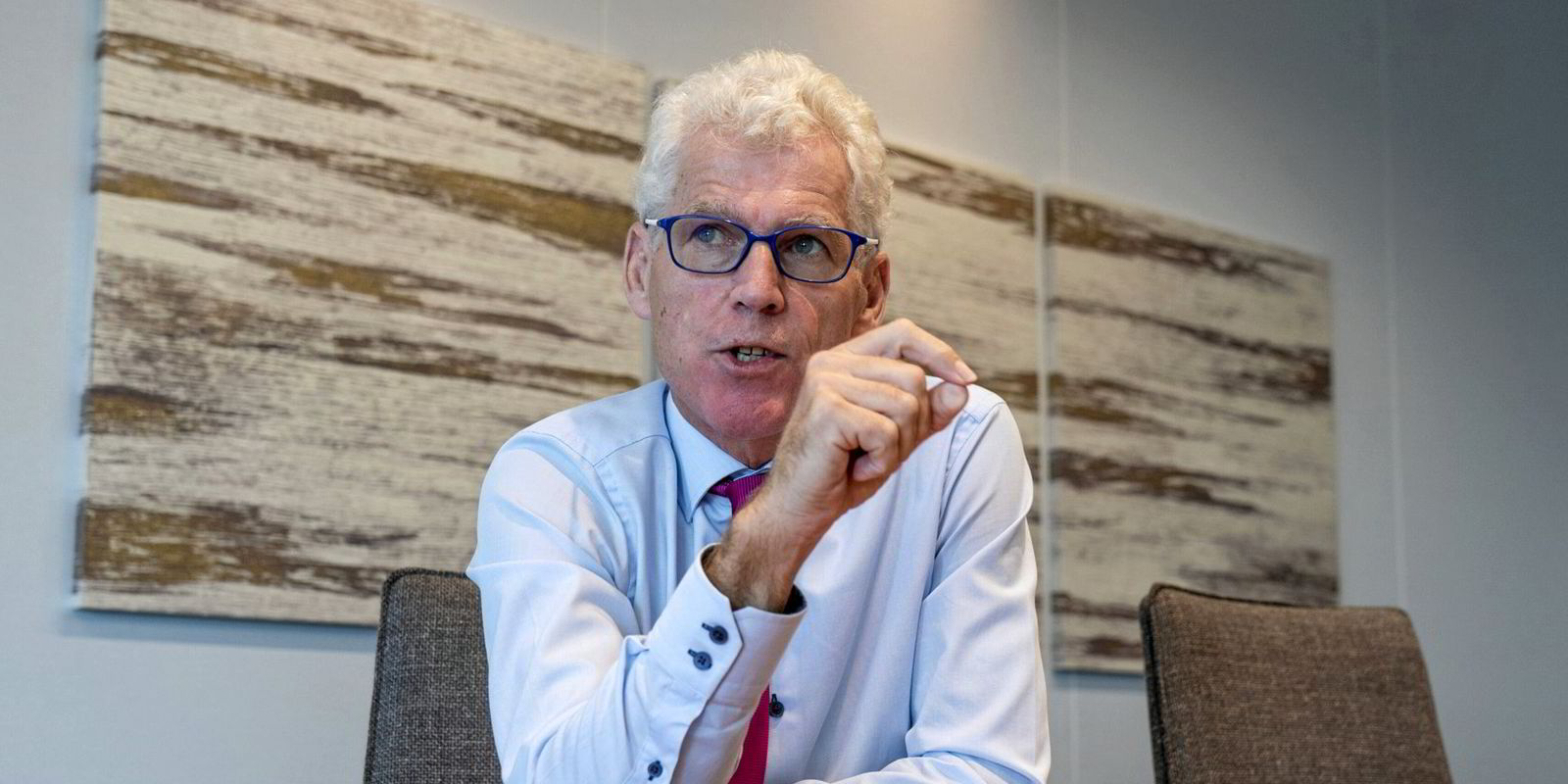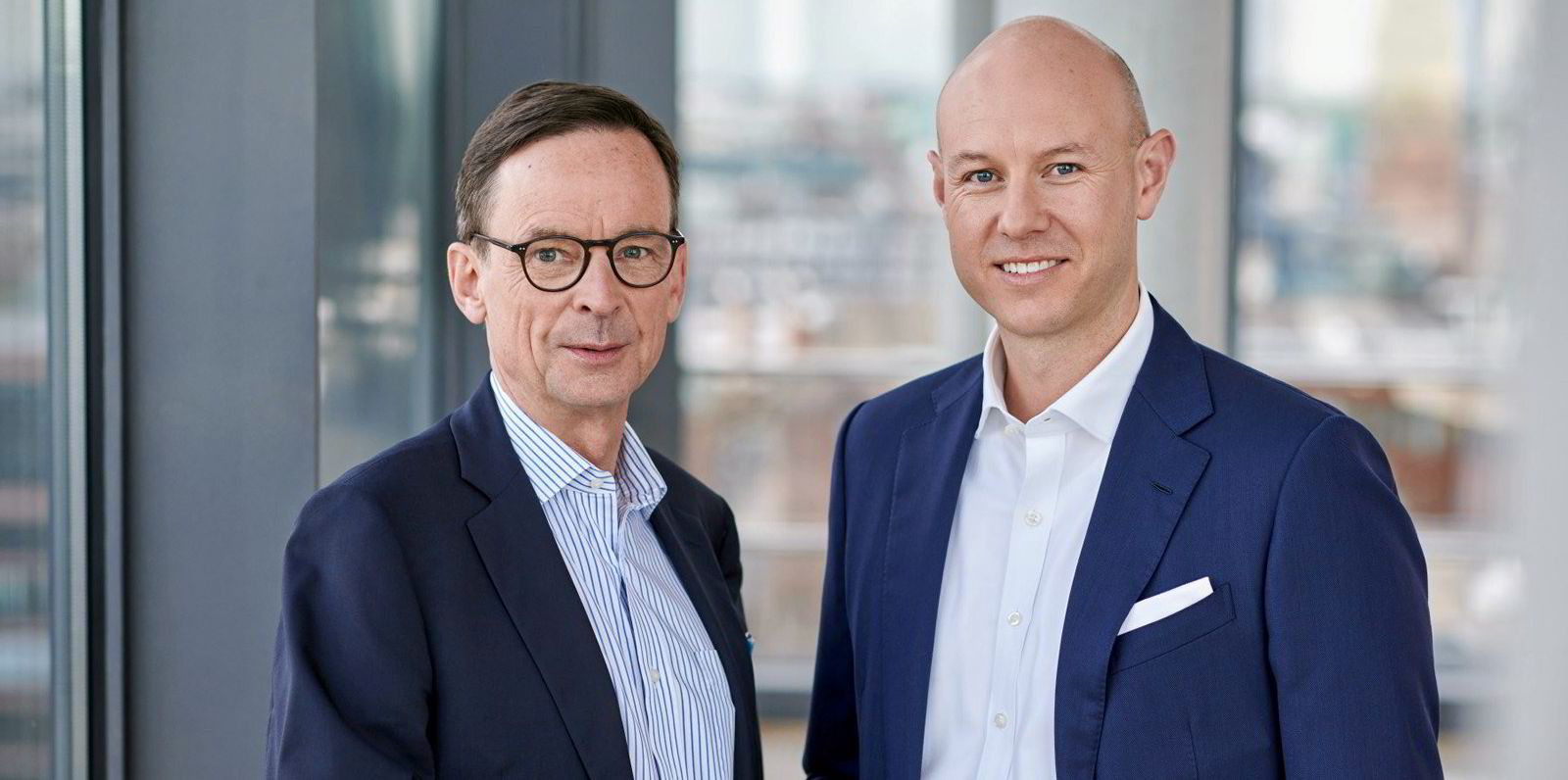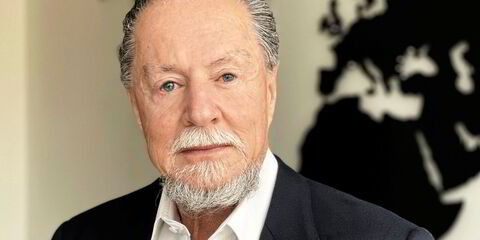German liner giant Hapag-Lloyd has logged a $3.85bn drop in quarterly profits due to lower demand and freight rates.
Group profit plunged 77% to €1bn ($1.1bn) in the second quarter of the year, massively down from €4.5bn in the same period last year.
The world’s fifth-largest liner operator also saw revenues halved to €4.4bn in the same quarter. The company added it had expected the results to be “significantly below the prior year”.
“Weaker demand and lower freight rates are having a very noticeable impact on our earnings,” chief executive Rolf Habben Jansen said.
Transport volumes in the first half experienced a year-on-year decline of 3.4% to 5.8m teu. That was primarily due to lower demand for container transports on the Far East and European trade routes to North America.
In addition, a lower average freight rate of $1,761 per teu in the first half of the year led to a decline in revenue.
That resulted in lower profits in the first half of €2.8bn ($3.1bn), massively down from €8.6bn ($6.3bn) in the same period last year.
Revenues in the first half dropped to $10.8bn in the half, down from $18.5bn in the same period last year.
“In a challenging market environment, we can look back on a successful first half year overall,” Habben Jansen said.
Full year
The Hamburg-based company is sticking by its forecast for the full year issued in March.
Ebitda is expected to be in the range of $4.3bn to $6.5bn (€4bn to €6bn) and Ebit to be in the range of $2.1bn to $4.3bn (€2bn to €4bn).
However, the company said the ongoing war in Ukraine, geopolitical uncertainties, persistent inflationary pressures and high inventory levels are creating risks that could negatively.
Ebitda in the first six months was $3.8bn (€3.5bn) and Ebit was $2.8bn (€2.6bn).
Habben Jansen said the company had expanded its terminal portfolio in the year to date “while also significantly boosting our customers’ satisfaction thanks to our focus on quality”.
“In the second half of the year, we will continue to focus on formulating our ‘Strategy 2030’,” he said. “This strategy will guide us forward on our strategic path to success in 2024.”





